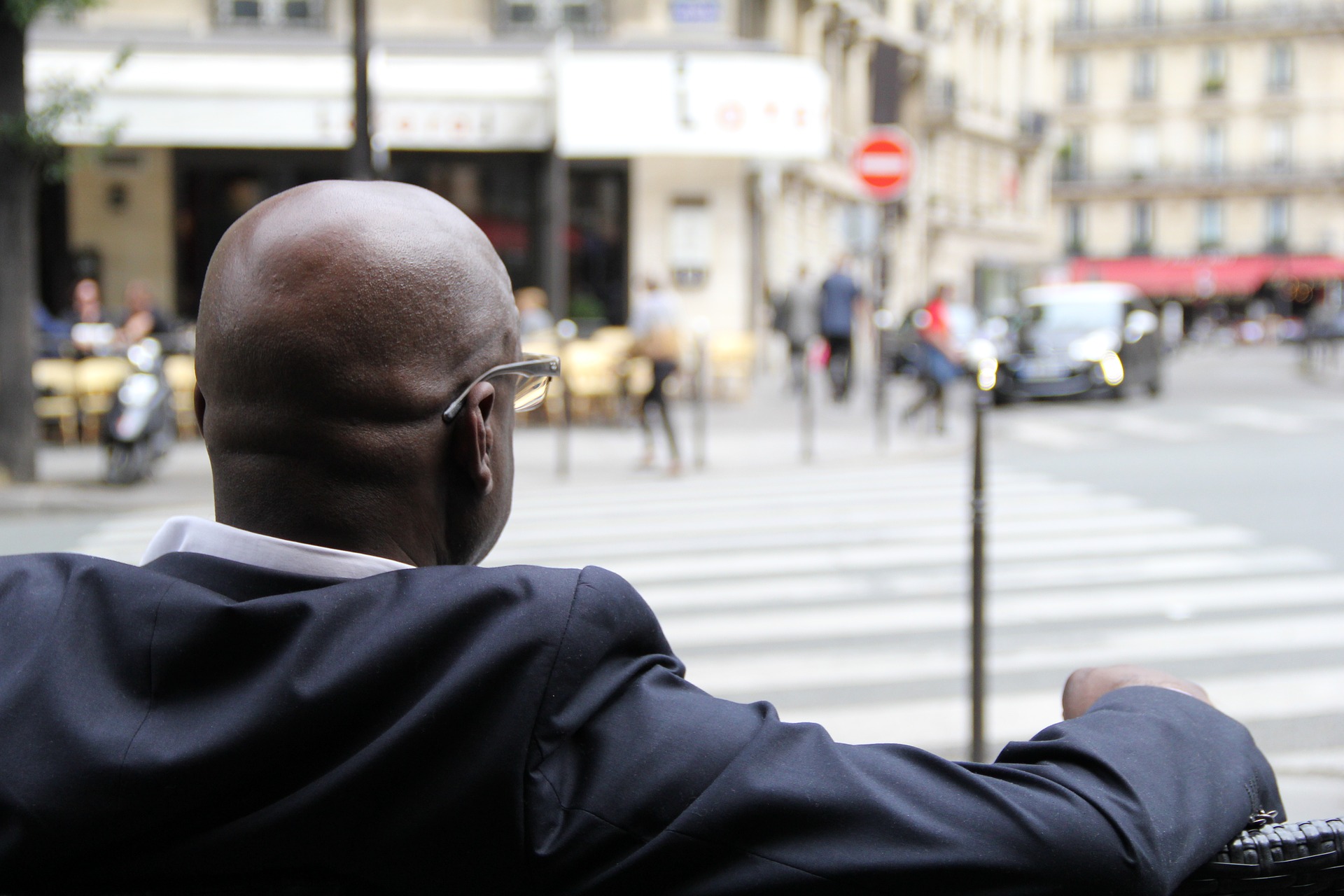Three Minute Wisdom Knowledge is not enough. True leadership is informed by wisdom. The ideas presented here are intended to arouse your curiosity, provoke your thinking and encourage insightful action to help you achieve the things that matter.

Seeing clearly is the first step to leading from wisdom. To see clearly means to be self-aware enough to recognize when we are seeing things as they are, not as we have been conditioned to see them.
We All Have Filters that color how we see the world. These filters were created by life experiences that taught us what did and didn’t work in getting what we wanted. We internalized these life lessons as assumptions about “how the world works.” These assumptions became a kind of auto-pilot that distorts what we see.
The auto-pilot can be useful in navigating the every-day routines of life like dressing or commuting to work. But we fall into the habit of over-relying on the auto-pilot. When we see a friend or workmate walking toward us, we often do not actually see them for who they are in this moment. Instead, we pull up an old file about that person from our memory and we interact with them through that filter.
Seeing people primarily through our filters is a kind of surface interaction. If we can learn to recognize our auto-pilot and look beyond our old assumptions, we open up to a far greater amount of information in any situation. Our connections with others become stronger, life becomes more vibrant, and we have a greater range of options at our disposal.
Seeing clearly requires that we recognize the filters and the old auto-pilot behaviors that flow from them. This is hardest when we feel triggered by strong emotions or stressful events, like an argument with a colleague.

The First Step Is To Pause That pause creates a tiny sliver of daylight between you and your auto-pilot, and that small separation can make all the difference.
It takes courage to take this simple pause. Every cell in your body may be screaming to take immediate action, but if you decline this invitation you will have far more control over yourself and the situation.
The impulse to react usually arises as a form of self protection, from the perception of being attacked and the need to defend yourself. If you can stay with the initial feeling of discomfort, for even a brief moment, you may see that no immediate action is really required. You may see that the other person is not really attacking you, that they are reacting out of their own triggers and old auto-pilot patterns.
A helpful antidote to reactivity is simply this – be curious. In that first instant of your pause, instead of closing down, use curiosity to help you stay open to the situation. Be curious about your internal reactions; be curious about what is happening in the other person; be curious about your emotions, whether they are anger, fear or righteous certitude. If you stay open, you will find there is more information and insight available in the situation than you saw at first glance. No learning can come when you are contracted.
When You Feel The Impulse To Act stop and look before you cross the street. Pause; don’t turn away; stay open; sense the information beneath the surface; act from your intuition and your insights. My guess is you will start to recognize and modify some of your old auto-pilot filters. That’s a great start to seeing clearly.

Share the wisdom. If you found this useful, pass it on to others.